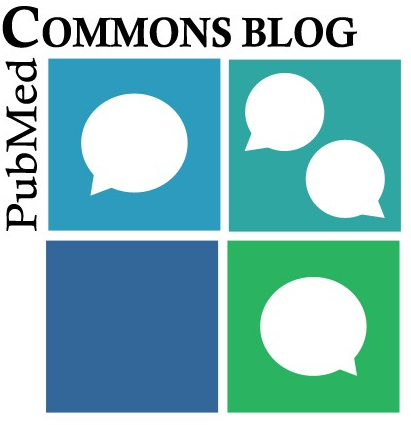NCBI
Using Genomics to Follow the Path of Ebola
Posted on by Dr. Francis Collins

Caption: Colorized scanning electron micrograph of filamentous Ebola virus particles (blue) budding from a chronically infected VERO E6 cell (yellow-green).
Credit: National Institute of Allergy and Infectious Diseases, NIH
Long before the current outbreak of Ebola Virus Disease (EVD) began in West Africa, NIH-funded scientists had begun collaborating with labs in Sierra Leone and Nigeria to analyze the genomes and develop diagnostic tests for the virus that caused Lassa fever, a deadly hemorrhagic disease related to EVD. But when the outbreak struck in February 2014, an international team led by NIH Director’s New Innovator Awardee Pardis Sabeti quickly switched gears to focus on Ebola.
In a study just out in the journal Science [1], this fast-acting team reported that it has sequenced the complete genetic blueprints, or genomes, of 99 Ebola virus samples obtained from 78 patients in Sierra Leone. This new genomic data has revealed clues about the origin and evolution of the Ebola virus, as well as provided insights that may aid in the development of better diagnostics and inform efforts to devise effective therapies and vaccines.
PubMed Commons: Catalyzing Scientist-To-Scientist Interactions
Posted on by Dr. Francis Collins
Today’s scientists find it tough to keep up with all of the latest journal articles, innovative methods, and interesting projects of colleagues in their fields. That’s understandable, because there are tens of thousands of journals, hundreds of conferences in major fields, dozens of emerging technologies, and huge geographic distances separating researchers who may share common interests. But science is increasingly a team sport—and it’s important to provide scientists with as many avenues as possible through which to interact, including commenting on each other’s work.
To encourage such exchanges, NIH’s National Center for Biotechnology Information (NCBI) recently developed PubMed Commons, a resource that gives researchers the opportunity to engage in online discussions about scientific publications 24/7. Specifically, this service allows scientists with at least one publication to comment on any paper in PubMed—the world’s largest searchable database of biomedical literature, with more than 3 million full-text articles and 24 million citations.
Biomedical Research At Your Fingertips
Posted on by Dr. Francis Collins

You don’t need to be a researcher to enjoy keeping up with the latest discoveries in biomedical research, and now there’s a great new tool to help you.
In case you didn’t know, PubMed Central is a free archive of biomedical and life science journal literature at the NIH’s National Library of Medicine. PubMed Central provides electronic access to that journal collection—more than 2.6 million scientific articles and counting. And, anyone can use it. In fact, PubMed Central is a hot site—700,000 individuals visit it everyday to take advantage of this great knowledge base.
But until today reading the E-version of these articles has been a bit of a drag. Poring over scientific articles on a laptop, tablet, or even your phone involved patiently scrolling up and down the columns, keeping your place, and being able flip back and forth to find tables, figures, and references.

